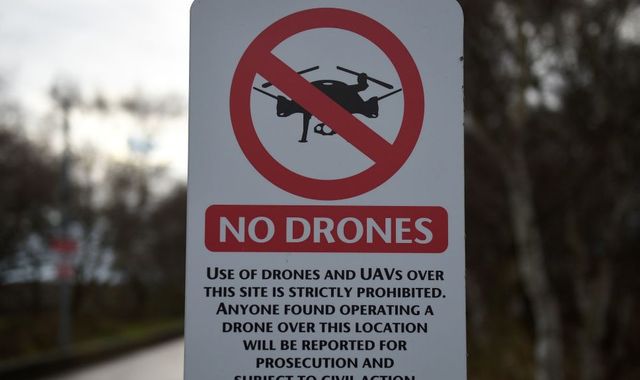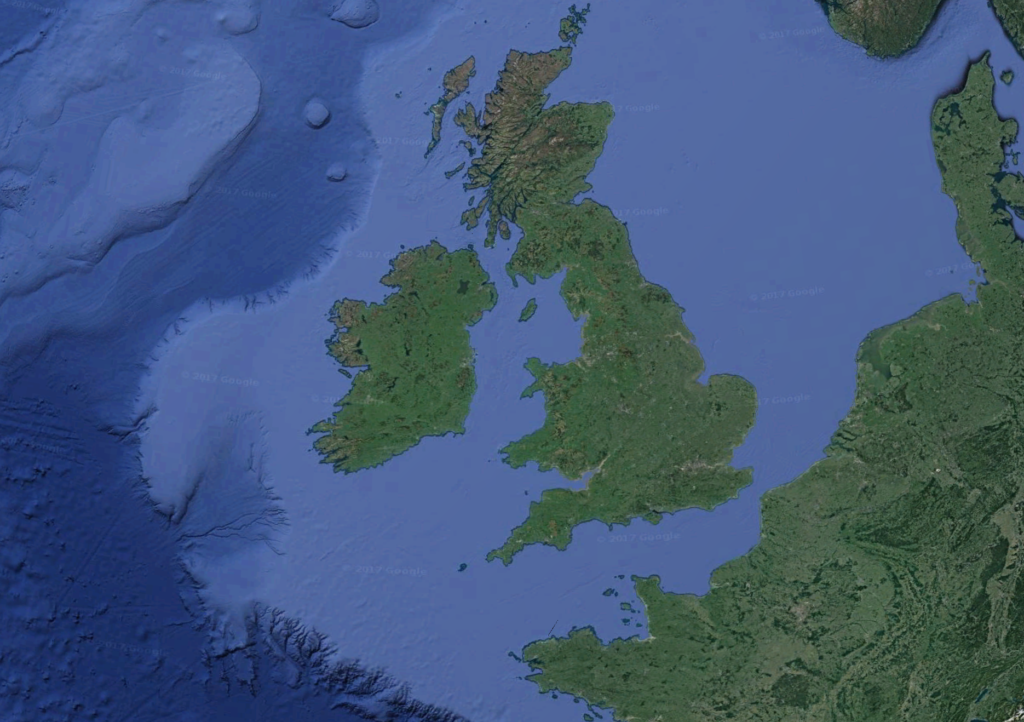Scientists figure out how to pinpoint malicious drone operators like those who shut down Gatwick
Written by News on 09/07/2020
Scientists have figured out how to pinpoint the location of someone flying a drone based purely on its flight path, rather than having to intercept and triangulate radio signals.


The research aims to address security risks posed by commercially available devices, highlighted in December 2018 when drones forced Gatwick airport to shut down over three days.
The suspected culprit or culprits have never been found, and the devices used to shut down the airport have also never been recovered despite police searching 26 potential launch sites nearby.
Now researchers at Ben Gurion University in Israel have developed a method which can autonomously localise drone operators with 73% accuracy, based on the route the drone is flown in the sky.
Lead researcher Eliyahu Mashhadi explained that current methods to locate drone operators were based on triangulating radio signals using sensors distributed across the whole flight area.
“This is challenging due to the amount of other WiFi, Bluetooth and [Internet-of-Things] signals in the air that obstruct drone signals,” he said.
Even if the radio signal could be detected, triangulating it would not necessarily locate the operator, but simply the antenna from which the signal was sent.
“Malicious operators can easily redirect their signal to another antenna without interrupting their mission,” Mr Mashhadi’s paper warned.
To tackle this problem, researchers trained a deep neural network to predict the location of drone operators, using only patterns in the path of the drones to reveal information about the operator’s view.
“Our system can now identify patterns in the drone’s route when the drone is in motion, and use it to locate the drone operator,” Mr Mashhadi said.
The deep learning system used by the researchers was developed based on drone flights conducted in a flight simulator, which provided a controlled environment.
The team then gave drone pilots a real remote control and a simulation of the full piloting experience – including artefacts which caused the pilots to perform specific manoeuvres that could lead to them unintentionally disclosing their position to defenders watching the path of the drone.
Dr Yossi Oren, a co-author on the study and a researcher renowned for his work at the university’s side-channel attacks lab, said additional information might be extracted from the flight data.
It could potentially be possible to identify the signatures in flying styles of particular operators and assess their skill level, or even the operator’s personal identity, Dr Oren said.
(c) Sky News 2020: Scientists figure out how to pinpoint malicious drone operators like those who shut down Gatwick







